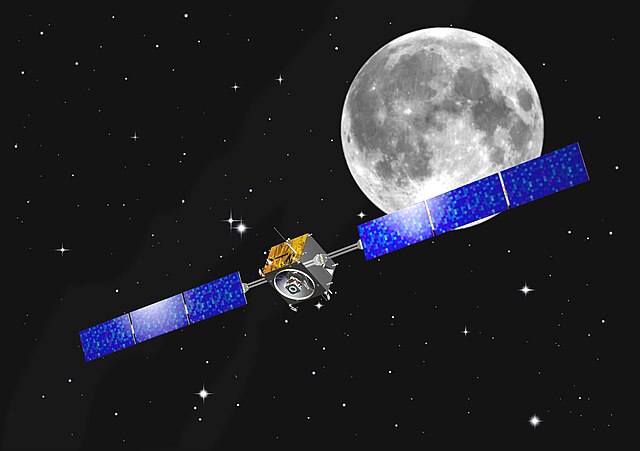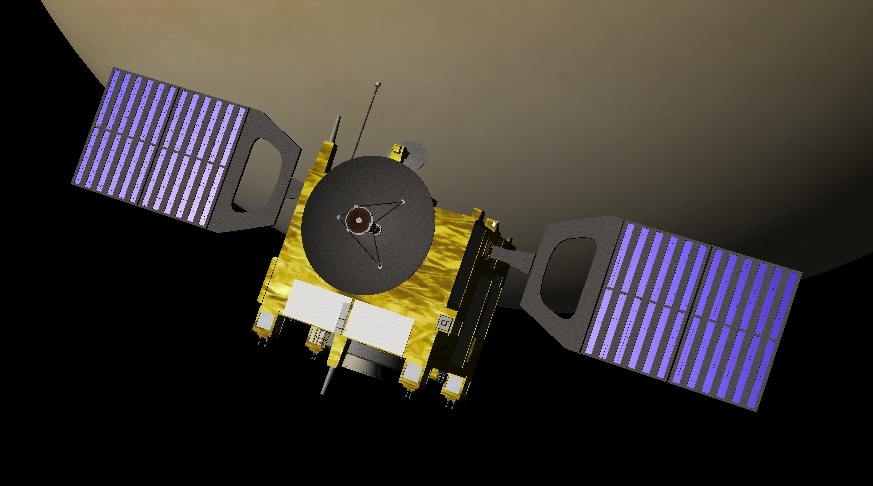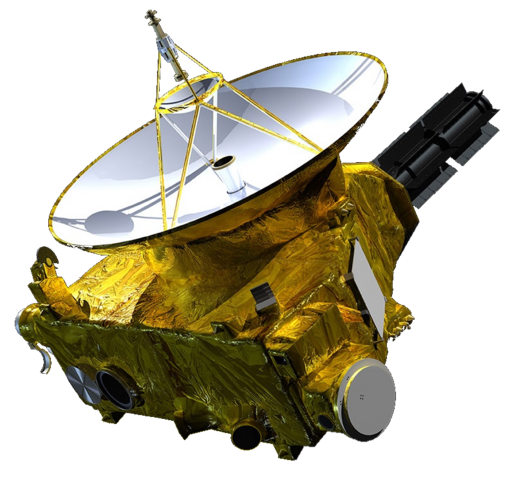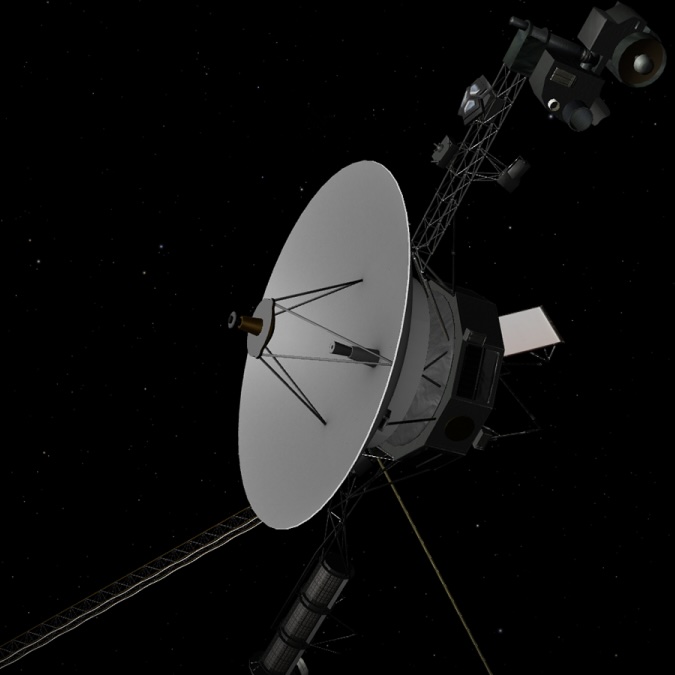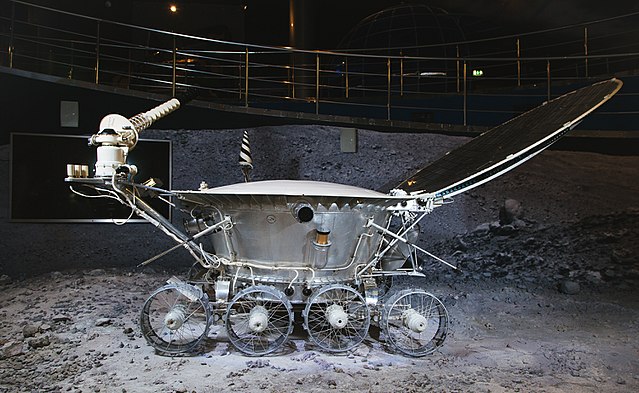1 day / second
0.5 AU
Mars Reconnaissance Orbiter
Spacecraft
A powerful NASA orbiter launched in 2005 that has revolutionized our understanding of Mars through its high-resolution cameras and science instruments, capturing detailed images of the surface and helping identify potential landing sites for future missions.
Key Facts
organization | NASA |
orbital regime | Inner System |
learn more | Wikipedia |
launched | 2005-08-12 |
launch mass | 2,180 kg |
power | 2,000 watts |
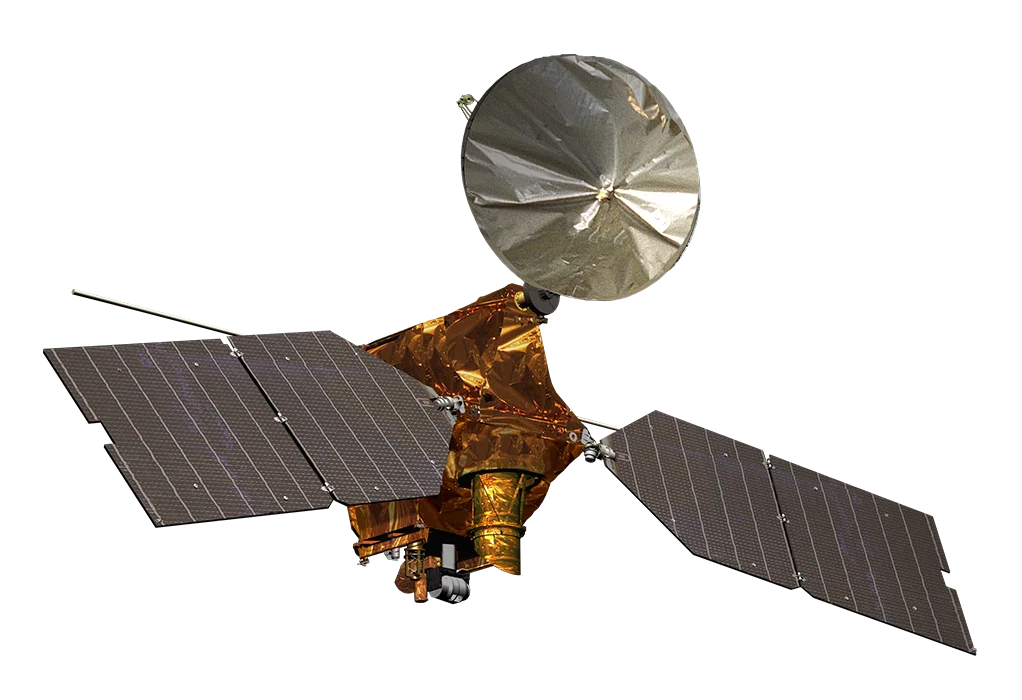
Mission Timeline
Launched
August 12, 2005 at 11:43 UTC
Mars
Orbiter
The Mars Reconnaissance Orbiter successfully entered Mars orbit on March 10, 2006, beginning a mission to study the planet's geology and climate that continues to this day, capturing high-resolution images of the surface and helping identify potential landing sites for future missions.

